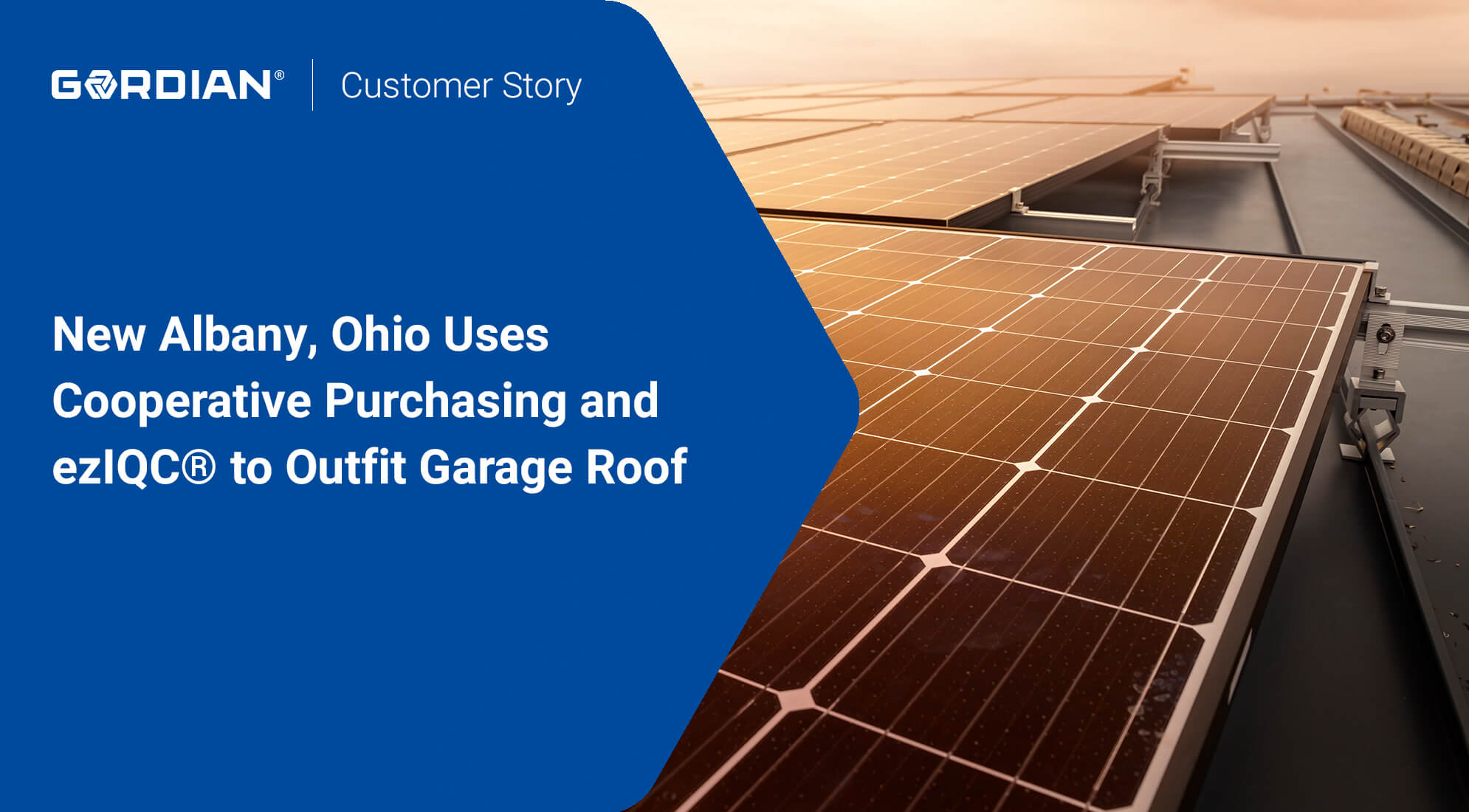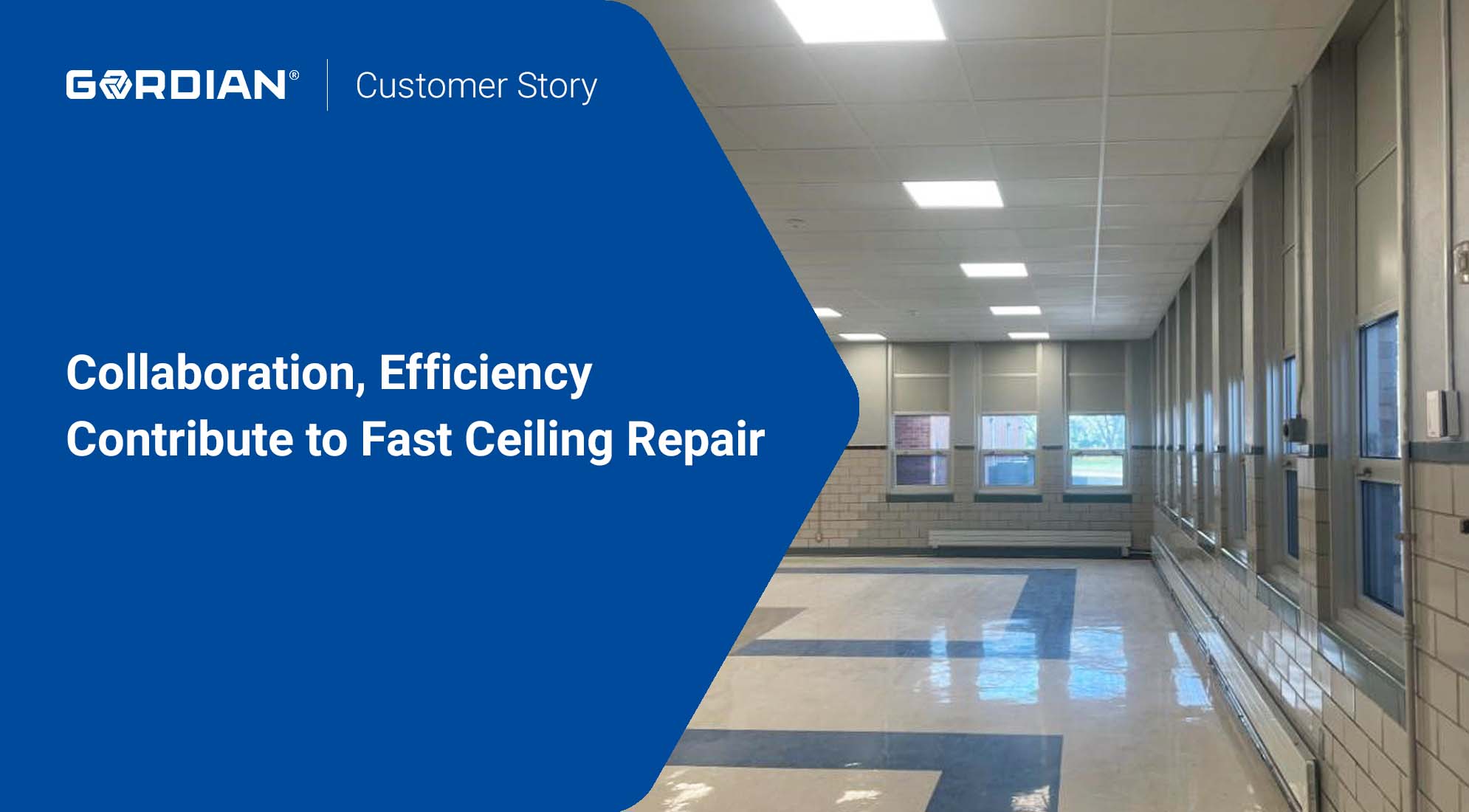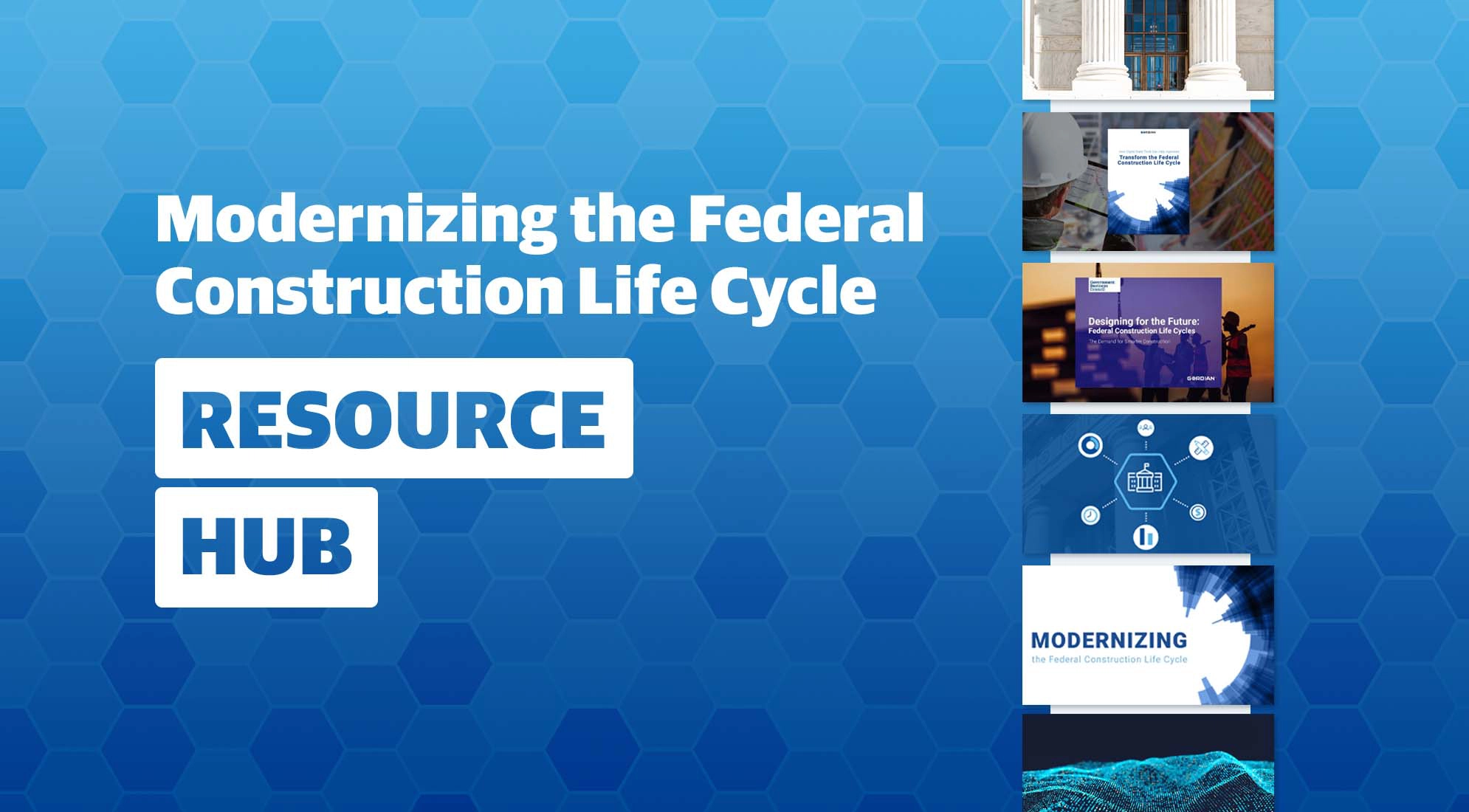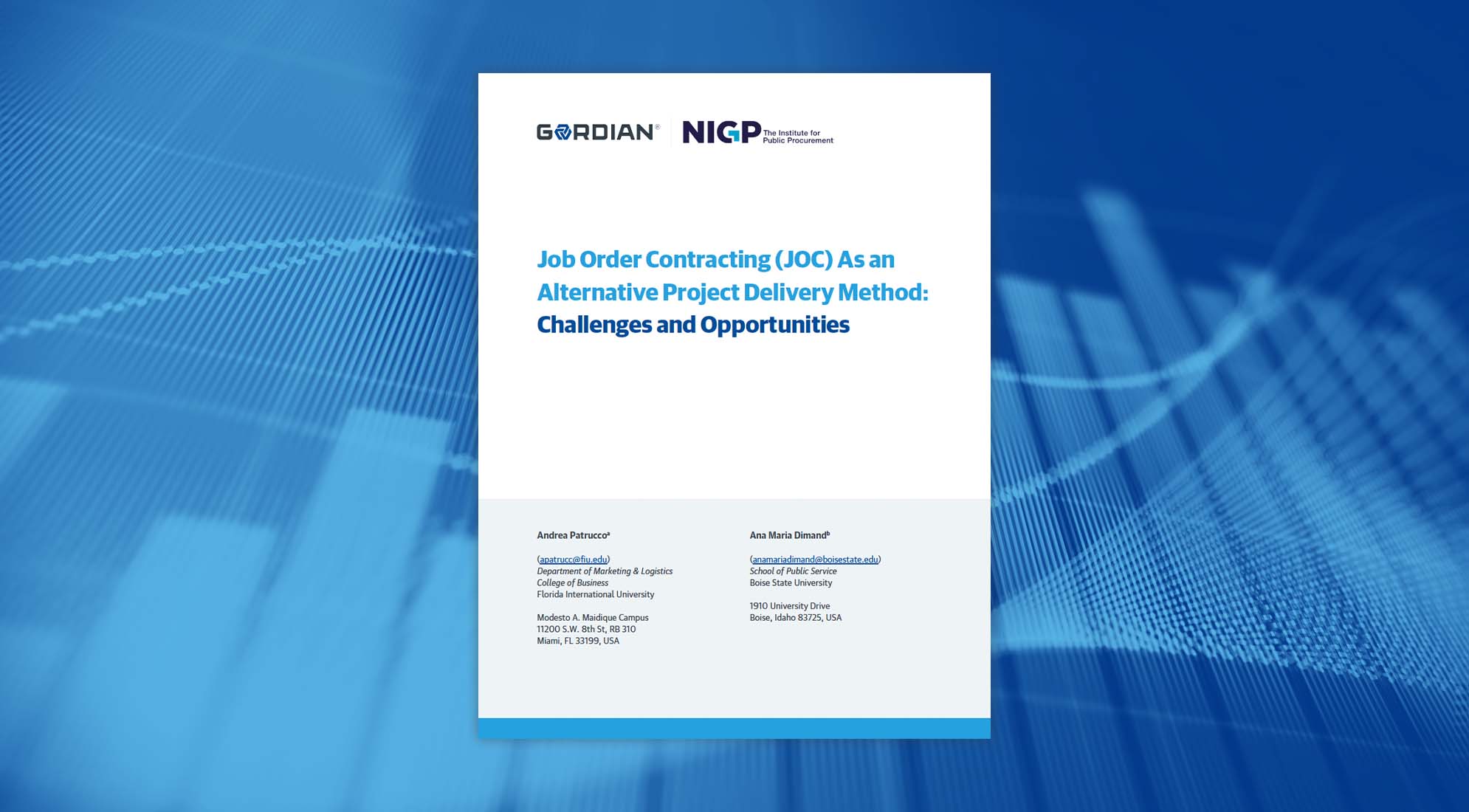
City Installs Solar Panels to Promote Sustainability, Cut Costs
5,570
square feet of panels installed
8
week project time
112
metric tons of carbon dioxide removed from the air annually
Background: City on the Rise
Located just 15 miles outside of Columbus, New Albany, Ohio is a city that prides itself on providing exceptional experiences. Its ~11,000 residents enjoy a pedestrian-friendly downtown, over 55 miles of walking trails, and top-notch schools. It’s no wonder that USA Today ranks New Albany among America’s 50 best cities to live and 24/7 Wall Street named it Ohio’s best city to live in for the year 2020.
New Albany is known for its outdoor recreation. The city is home to walking clubs, community gardens and a farmer’s market. Most notably, New Albany offers more than 2,000 acres of parkland, including Rose Run Park, which serves as a central hub for citizens and visitors. The park connects the city’s schools, library, cultural centers and commercial areas. With outdoor spaces at the heart of the community, it follows that the city included environmental sustainability as one of the pillars of its Strategic Plan, officially adopted in March of 2021.
Challenge: Large Roof Provides City Opportunity to Install Solar Panels
The City of New Albany offers a plethora of services to its residents. Above and beyond traditional public works services like water and wastewater management, fire hydrant maintenance, streetlight upkeep and trash and recycling service, the city also provides snow removal, leaf collection and street sweeping and repair. Such a robust menu of public services requires an equally impressive fleet of vehicles. Those vehicles require maintenance and repair, which the city completes inside a large garage belonging to the Public Services Department.
With its long, angled roof the garage provided an opportunity for New Albany leaders to work towards their vision to foster and encourage the adoption of alternative energy sources and outfit a city property with solar panels, just as they outlined in their Strategic Plan.
Video content courtesy of the City of New Albany.
Solution: Combination of Alternative Project Delivery and Cooperative Purchasing Gets Solar Panels Installed Quickly
To install 5,570 square feet of solar panels, the City of New Albany accessed a Gordian ezIQC® contract. ezIQC is a form of Job Order Contracting (JOC), an Indefinite Delivery/Indefinite Quantity (IDIQ) construction project delivery method that allows many projects to be completed using one, competitively-awarded contract. This unique structure saves project owners, in this case the City of New Albany, the time and expense of sending each project out to bid individually. New Albany accessed ezIQC through Sourcewell, a cooperative purchasing network. Purchasing a Gordian Job Order Contract through a co-op is extra-efficient, because the contract has already been specified.
After evaluating the project and available contractors, Gordian coordinated the introduction of McDaniels Construction to the City of New Albany. McDaniels negotiated a subcontractor arrangement with Third Sun Solar to install the panels, and the two companies built a JOC price proposal together. After a collaborative review and discussion by the project team, a final proposal was accepted and New Albany issued a purchase order. Using ezIQC enabled the city to complete the project in approximately eight weeks, far faster than would have been possible by using traditional project delivery methods like Design-Build, Design-Bid-Build and Construction Manager at Risk.
See how construction project delivery methods compare in terms of transactional costs, time and demands on team bandwidth and the relationship between owners and contractors in this report sponsored by Gordian and NIGP: The Institute for Public Procurement.
Result: Solar Panels Project Supports Environmental Sustainability and Saves Costs
With the completion of this project, the City of New Albany is modeling sustainable behaviors for the community, just as leaders committed to do in their Strategic Plan. The solar panels will remove 112 metric tons of carbon dioxide from the air every year ̶ the equivalent of planting 2,800 new trees annually. But that’s not the only way the project will benefit the community. It’s estimated that the solar panels will cut the electricity bill at the public service complex in half, creating a tremendous return on its initial investment.
Share this:





